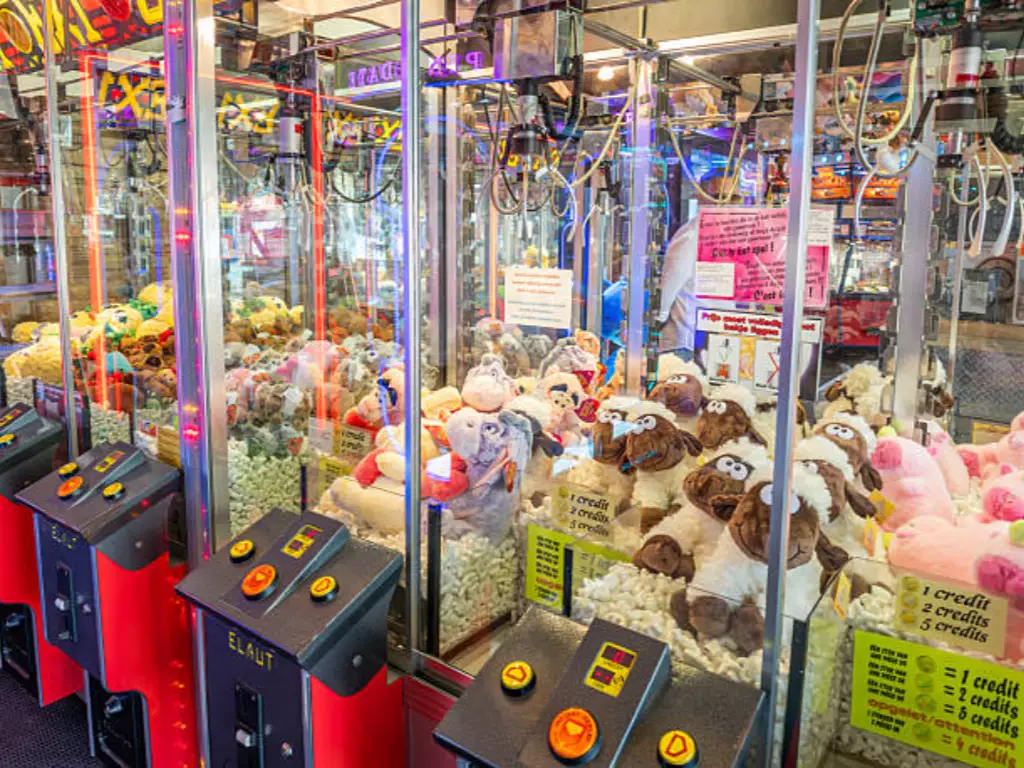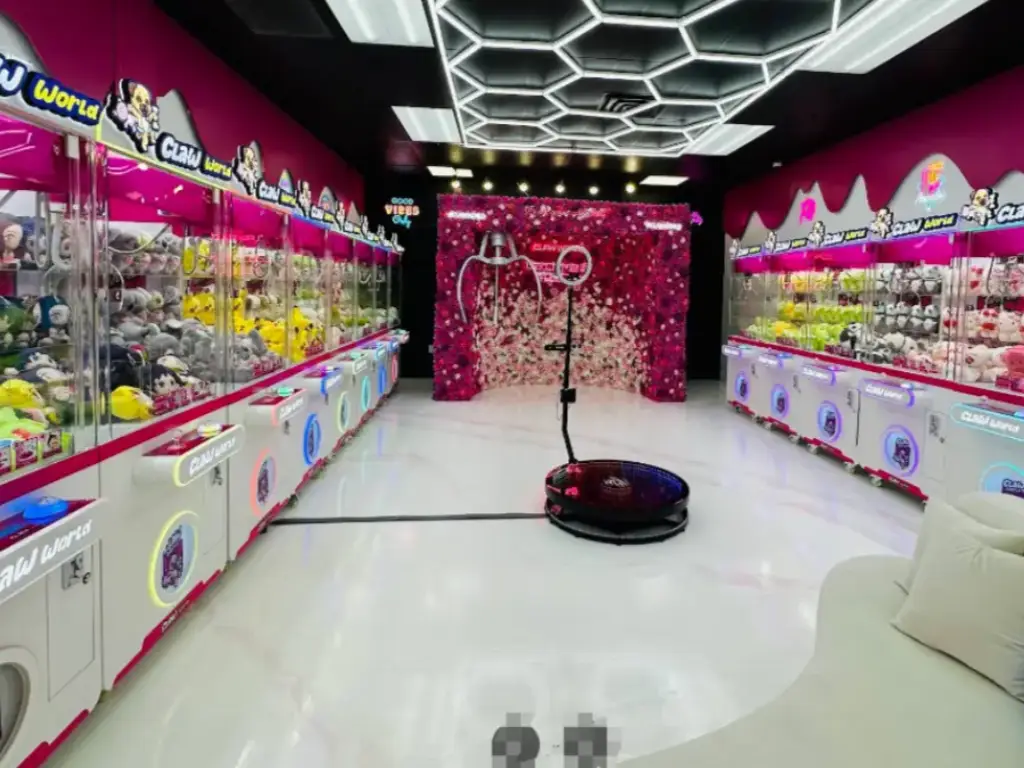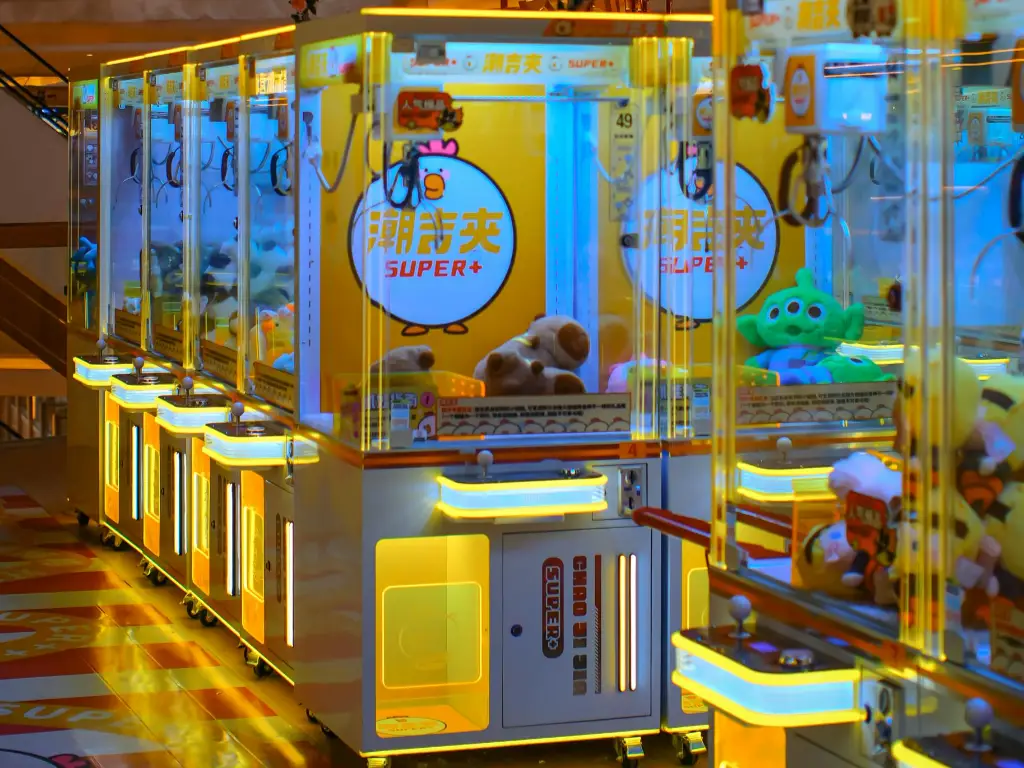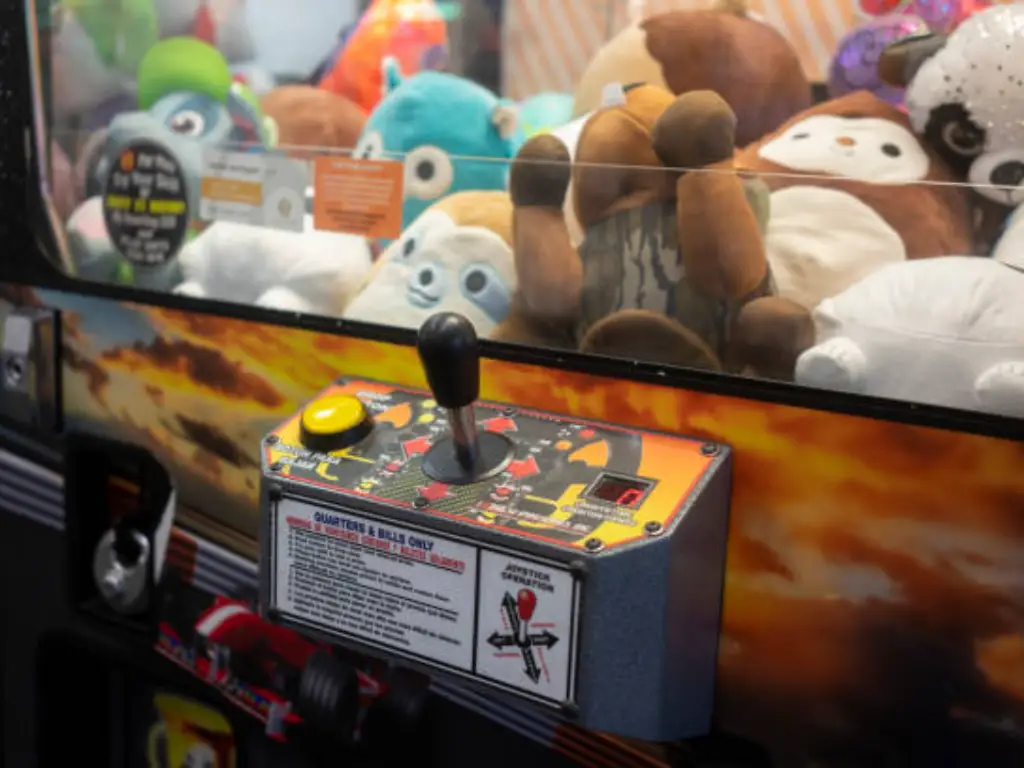When it comes to choosing the right vending entertainment for your arcade, family entertainment center (FEC), or game store, two top contenders always come to mind: candy machines and claw machines. While both offer entertainment and profit potential, their differences in cost, gameplay, and target audience can make or break your business strategy.
So, which machine is the true champion when it comes to profitability? Let’s take a detailed yet easy-to-digest look at the candy machine vs claw machine debate—and by the end, you’ll have the clarity to pick what works best for you.
Differences Between Candy Claw Machines and Traditional Prize Machines
Let’s kick things off with the basics. Both candy machines and claw machines are popular in amusement settings, but they function differently, appeal to different customer bases, and operate on different profitability models.
What Are the Differences in Prizes
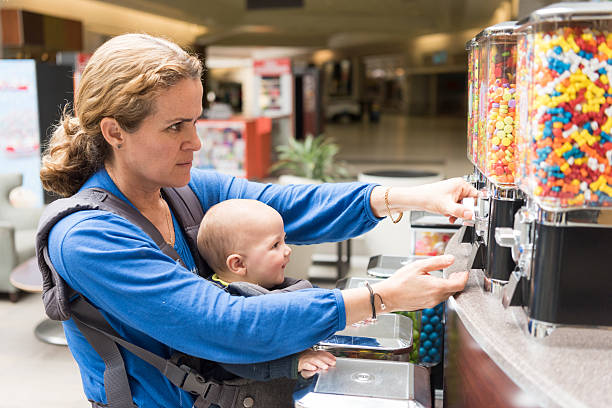

Types of Prizes in Candy Machines
Candy machines are exactly what they sound like—simple machines that vend candy or small capsule toys. You pop in a coin or token, turn a handle, and voila! A tasty or fun surprise drops down. The inventory usually includes gumballs, jelly beans, chocolates, or little plastic toys.
What’s great about candy machines is that the prize cost is incredibly low—sometimes just pennies. This means a significant markup and quick turnover. If you’ve ever wondered, are candy machines profitable?—the answer is a big yes, especially due to the low cost of goods.
Types of Prizes in Claw Machines
Claw machines, on the other hand, offer a more theatrical experience. Players use a joystick to maneuver a claw over prizes like plush toys, headphones, keychains, or branded merchandise. Then comes the thrilling moment—can they grab the prize and win?
The prizes here are often more valuable and costlier than candy. While this can mean a higher ticket price to play, it also involves more complex logistics around inventory and machine setup.
Value Comparison and Profit Margins
Candy machines focus on instant value. The player always gets something, even if it’s just a gumball. Claw machines, meanwhile, operate on suspense and skill. Some players may walk away empty-handed, but that’s part of the game—and part of what makes them lucrative.
From a profit margin perspective, candy machines often have margins around 300–500%, while claw machines—when configured correctly—can reach upwards of 1000%. However, the key is location, machine type, and maintenance.
What Are the Differences in Player Experience
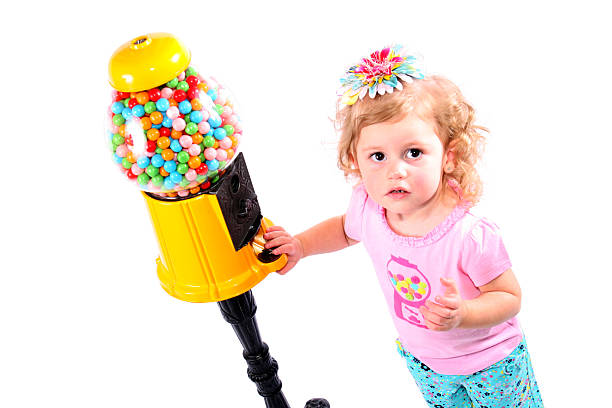

Instant Gratification vs. Skill-Based Challenge
The appeal of candy machines lies in simplicity. You insert a coin, get a treat—no fuss. This makes them ideal for young children or people looking for a quick sugar boost. Plus, it builds trust; you always get a prize.
Claw machines, in contrast, offer excitement and unpredictability. There’s the tension of the grab, the satisfaction of winning, and even the agony of a near miss. It’s a game, a spectacle—and it keeps players coming back.
Replay Value and Psychology
Claw machines thrive on replay. Players often feel, “I almost had it!” and are motivated to try again. This creates multiple plays per user, especially in group settings or date-night scenarios.
Candy machines are more transactional but still effective. Kids especially love collecting small capsule toys, which gives some replay appeal.
Audience and Design Appeal
Candy machines tend to attract younger children or impulse buyers. Their colorful design and simple mechanism are approachable.
Claw machines, especially with branded or trendy prizes, appeal to a broader audience—from kids to teens and even adults. The LED lights, arcade sounds, and moving parts all contribute to a higher engagement level.
Where Are They Best Suited

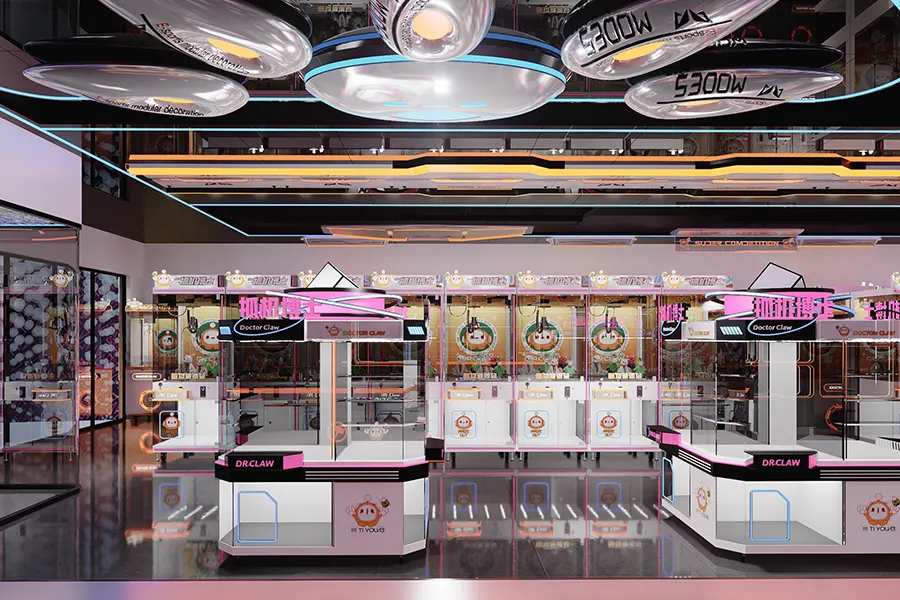
Ideal Spots for Candy Machines
Thanks to their compact design and lack of electricity needs, candy machines fit just about anywhere. You’ll often find them in grocery stores, mall entrances, laundromats, and schools. Because they require little maintenance and no electricity, they’re cost-effective and low-hassle.
Wondering how do candy machines work? They’re mechanical vending devices that release candy using a turning knob or a coin drop mechanism. Once a customer inserts the coin and turns the handle, the machine dispenses a portion of candy or a small toy.
Top Venues for Claw Machines
Claw machines need more space and electricity, but their visual appeal makes them a centerpiece. Ideal locations include arcades, malls, cinemas, airports, and large FECs. They act as attention magnets and can drive both play and foot traffic.
Because of their visual impact and the excitement they bring, claw machines often generate more buzz—but they also demand more upkeep.
Which One Is More Suitable for You
Cost of Investment & ROI
Let’s talk numbers. Candy machines are incredibly affordable, ranging from $100 to $500 per unit. They require almost no maintenance, and with a steady trickle of sales, they can break even in just a few weeks.
Claw machines, by contrast, are more of an investment—usually $1,000 to $5,000 depending on the features and prize type. However, in high-traffic areas, they can quickly earn that back with consistent play.
Revenue & Maintenance
So how much do candy machines make? On average, a well-placed candy machine can generate $50–$300 per month. Multiply that by multiple units, and you’re looking at solid passive income. How much do claw machines make? Claw machines can make between $500 and $1,500 monthly in busy locations, but require more attention.
And yes, if you’re thinking about stocking up, it’s worth keeping an eye out for seasonal candy machines promo code from trusted vendors to cut your upfront costs even further.
Long-Term Strategy
Claw machines win in high-volume areas and entertainment-focused venues. But if your goal is low-effort, consistent income with minimal operational cost, candy machines are unbeatable.
The choice may not be either/or—it might be both. Many successful operators install candy machines for passive revenue and claw machines for high-impact profit.
Candy or Claw?
If you’re running a tight operation with limited space or staff, start with candy machines. They’re affordable, reliable, and easy to manage. Plus, they’re perfect for building passive income streams, especially if you expand across multiple locations.
If your location enjoys high foot traffic, and your audience enjoys games and prizes, go for claw machines. Their earning potential is higher, and the entertainment value they bring can enhance your venue’s appeal.
FAQs
Are candy machines profitable for small businesses?
Yes! Their low cost and high markup make them extremely profitable, especially in high-traffic or family-oriented areas.
How do candy machines work mechanically?
Most are gravity-fed and operate via a turning knob that releases a small amount of candy or a toy capsule.
Which is better for an arcade—candy or claw machines?
Claw machines often generate more engagement and repeat plays, making them better suited for arcades. Candy machines work well in complementary spaces like entrances or food areas.
How much do candy machines make monthly?
Depending on location, traffic, and inventory, anywhere from $50 to $300 per machine per month.
Do claw machines require more maintenance?
Yes, they have more moving parts and electronics. Regular calibration and prize restocking are essential.
Can I get a discount using a candy machines promo code?
Absolutely! Many suppliers offer promo codes or bundle deals—perfect for starting or scaling your machine business affordably.












